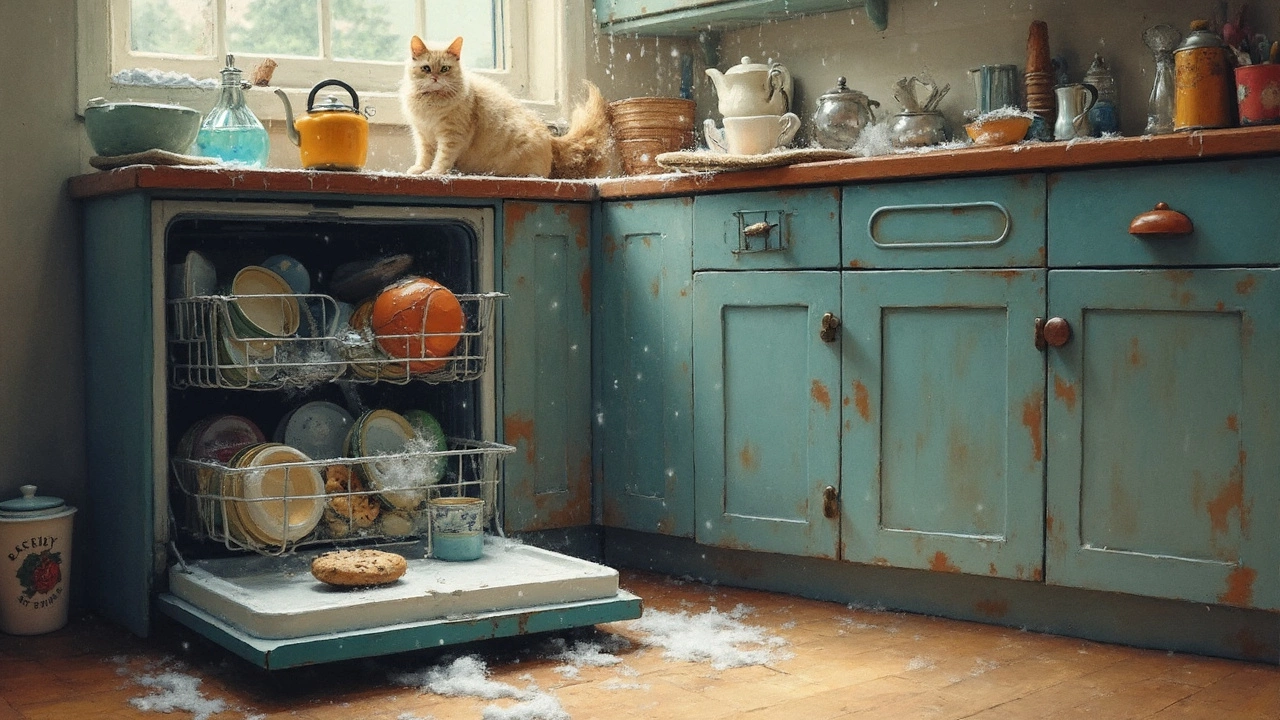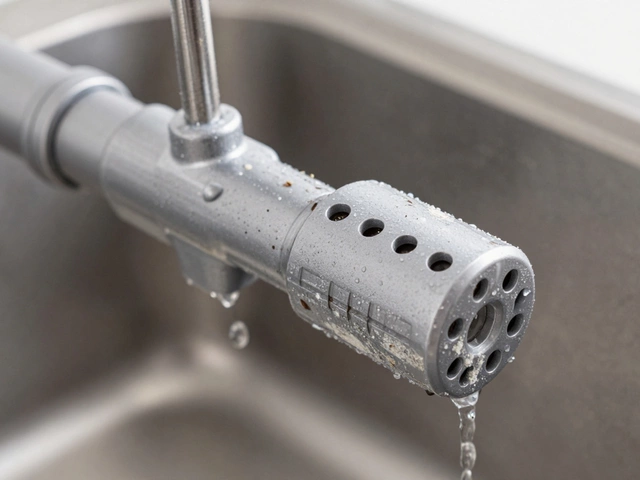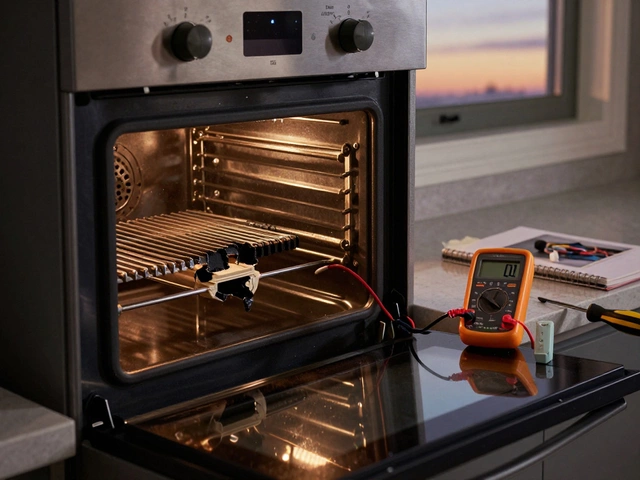Dishwasher Repair Tips, Common Problems & Maintenance
When working with Dishwasher, a built‑in kitchen appliance that automates dish cleaning using water, detergent and heat. Also known as dish washing machine, it connects to your home’s water supply and drainage to remove food debris. Understanding how it fits into the wider kitchen appliance, any device used in the kitchen for cooking, cleaning or food prep ecosystem helps you spot problems before they spread.
Typical Issues and the Parts Behind Them
A dishwasher relies on a water inlet valve, the component that lets fresh water enter the tub when the cycle starts and a drain pump, the motor that pushes dirty water out through the hose. If the inlet valve sticks, you’ll hear a whining noise and see little water inside. A clogged pump, on the other hand, leads to water pooling at the bottom and dishes staying wet. Both parts are inexpensive to replace, but diagnosing them correctly saves you from unnecessary service calls.
Another common culprit is the heating element. It raises the water temperature to the optimal range for detergent activation. When the element fails, dishes come out cold and still greasy. Pair this with the right dishwasher detergent – a powder or gel designed to dissolve at high temps – and you’ll see the biggest jump in cleaning power. Skipping the proper detergent can make even a perfectly working machine look bad.
Beyond the core parts, the control board orchestrates the cycle timing, while the spray arms distribute water. A malfunctioning board may stop the cycle mid‑way, and warped spray arms can miss spots, leaving food residue. Simple visual checks – like making sure the arms spin freely and aren’t blocked by large utensils – often solve the issue without tools.
Regular upkeep keeps everything humming. Clean the filter weekly to avoid food buildup that can choke the pump. Run a hot empty cycle with a cup of white vinegar to dissolve mineral deposits on the heating element and inlet valve. Check the door gasket for cracks; a leaky seal can cause water to leak onto the floor and trigger fault codes.
When you’ve ruled out obvious fixes, it’s time to call a professional. A qualified technician will test the inlet valve pressure, verify pump voltage, and inspect the control board for error codes. Since Warwick Appliance Fixers specialize in local repairs, they can get you back to sparkling dishes faster than a generic service.
Below you’ll find a hand‑picked collection of articles that dive deeper into each of these topics – from DIY diagnostics to when a full replacement makes sense. Browse the list to match your dishwasher’s symptoms with the right solution.
Dishwashers can be temperamental machines, often stopping just when you need them the most. This guide helps you learn how to diagnose common issues, from poor cleaning to strange noises. It also covers practical tips to get your dishwasher back in shape. Whether it's a quick fix or something a bit more complex, understanding the problem is half the battle.


